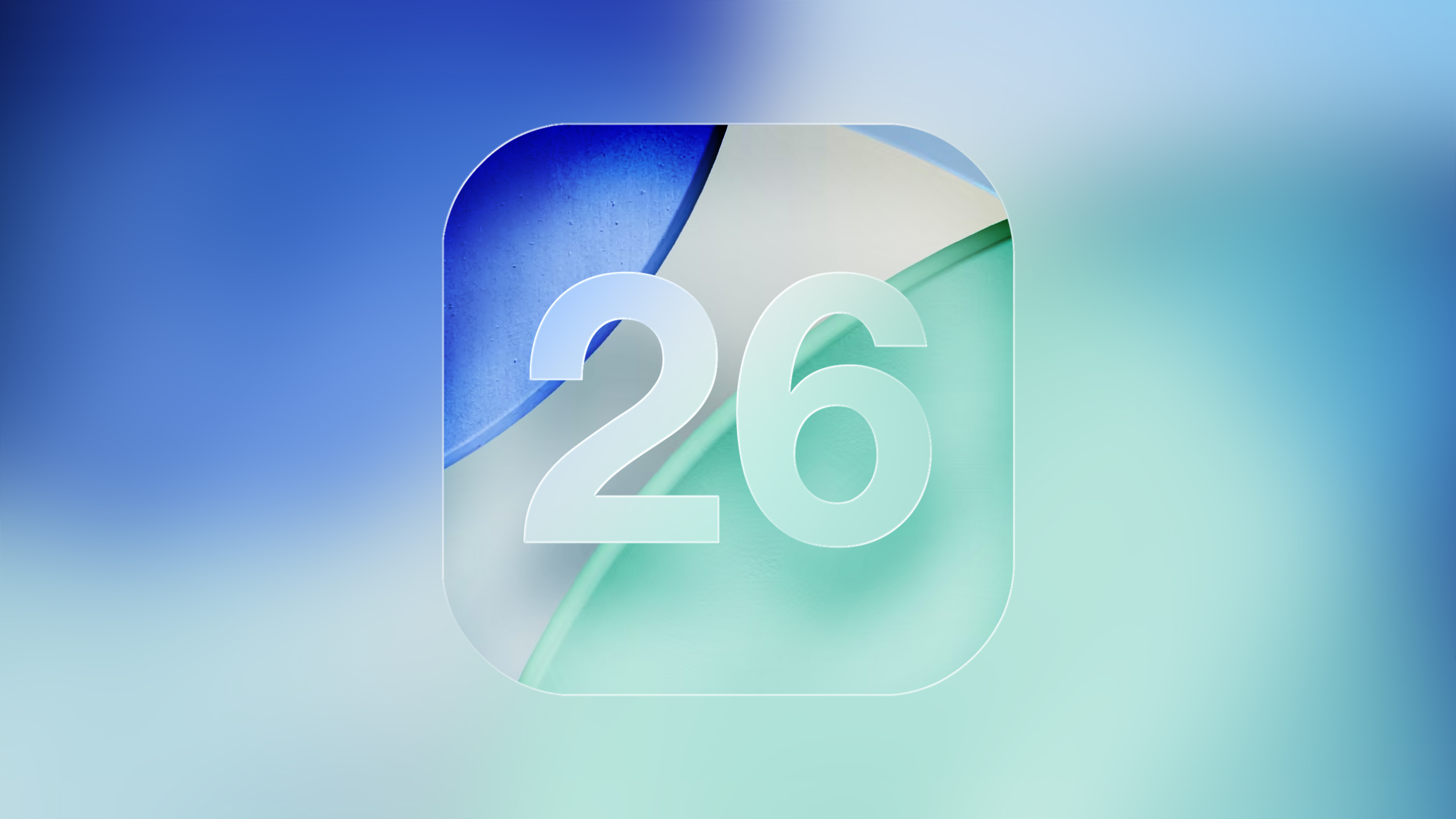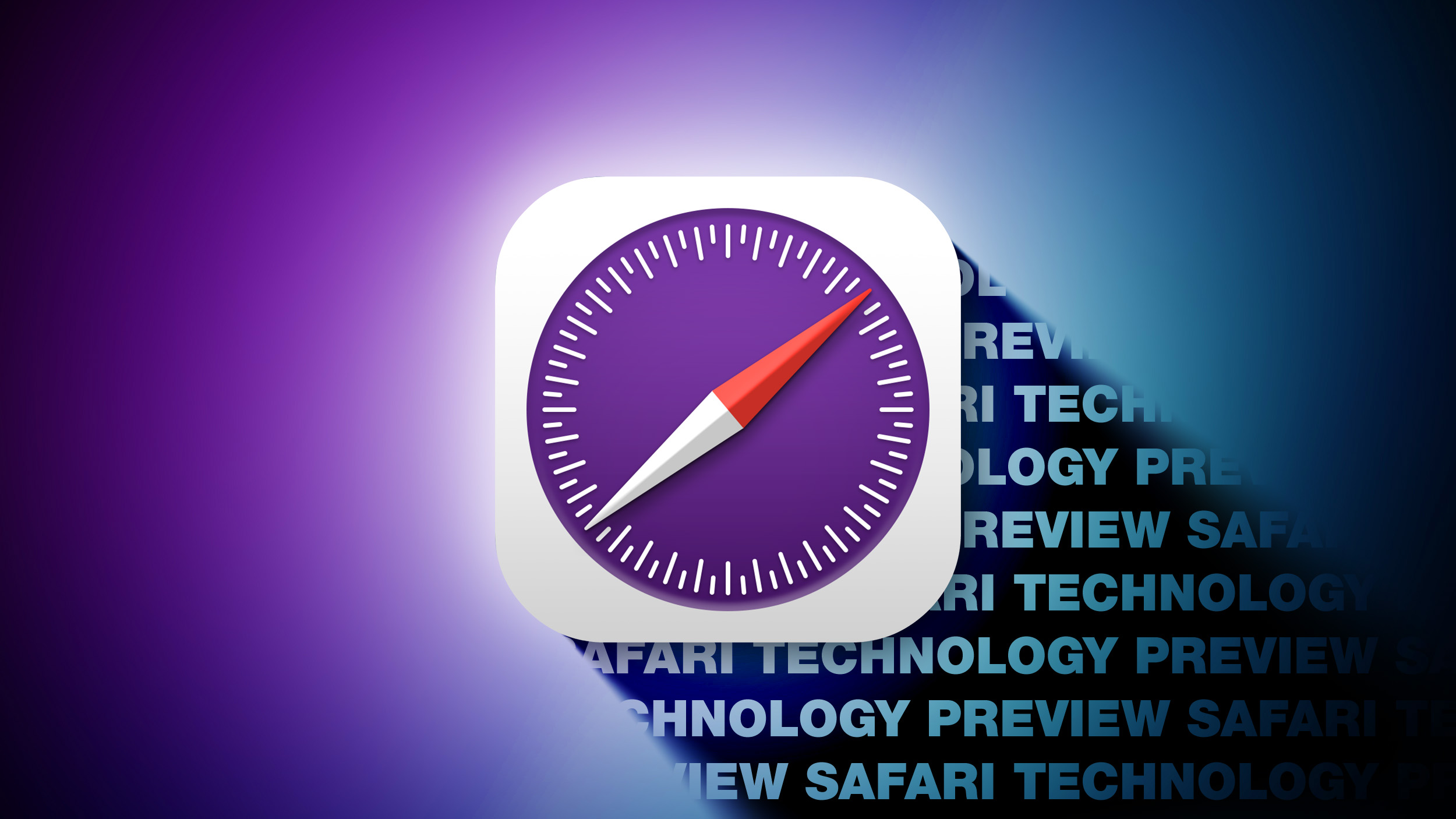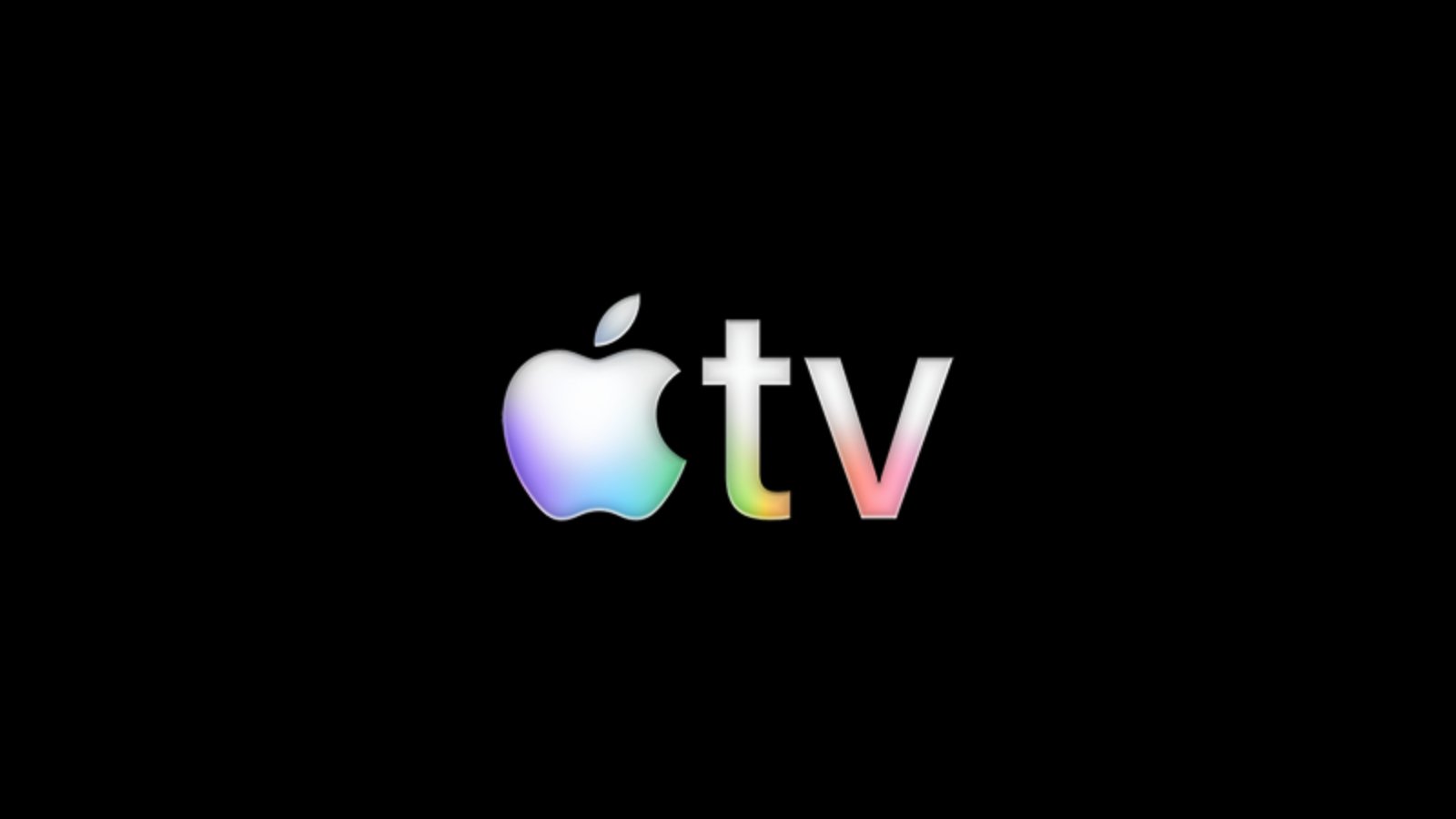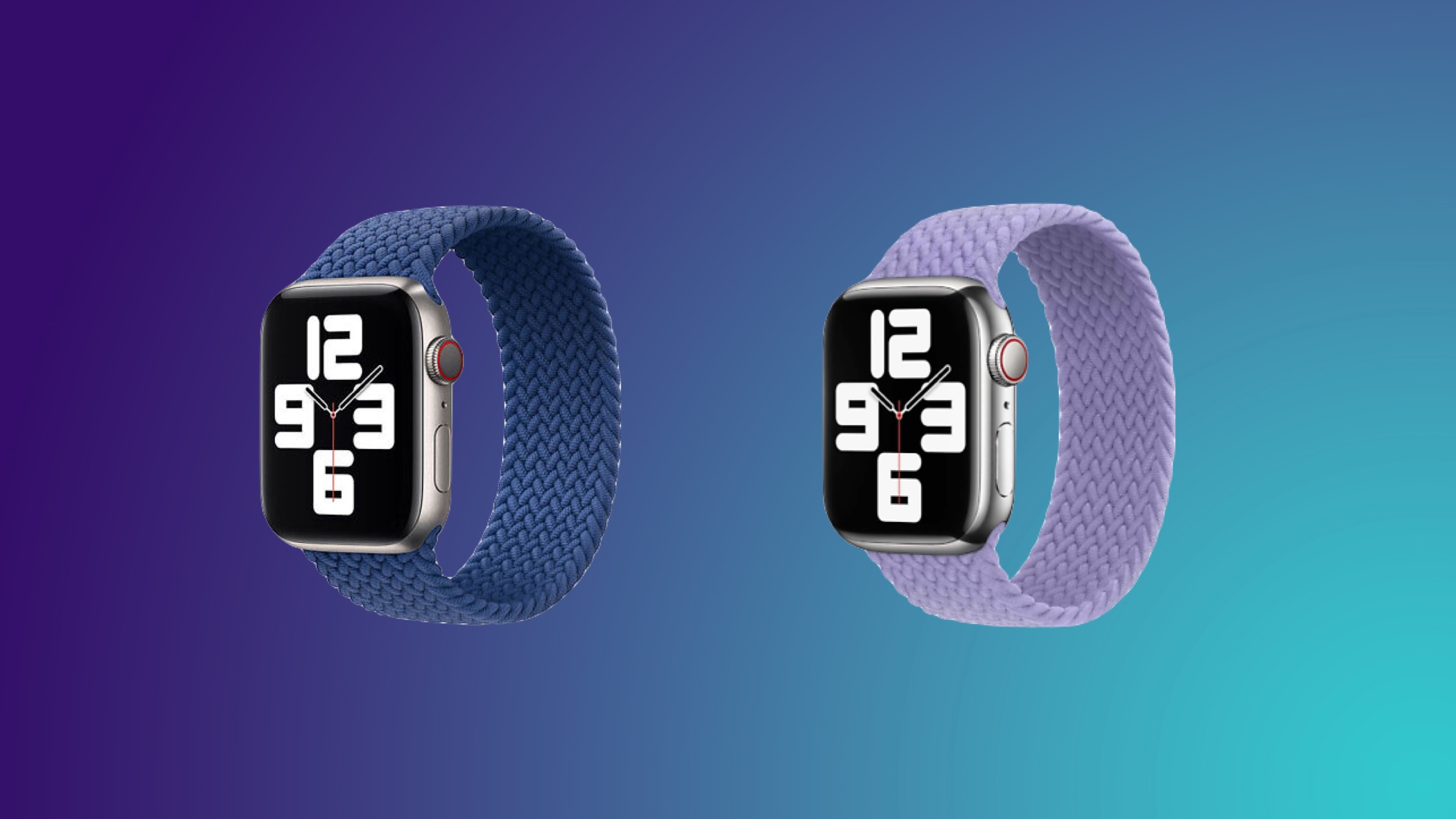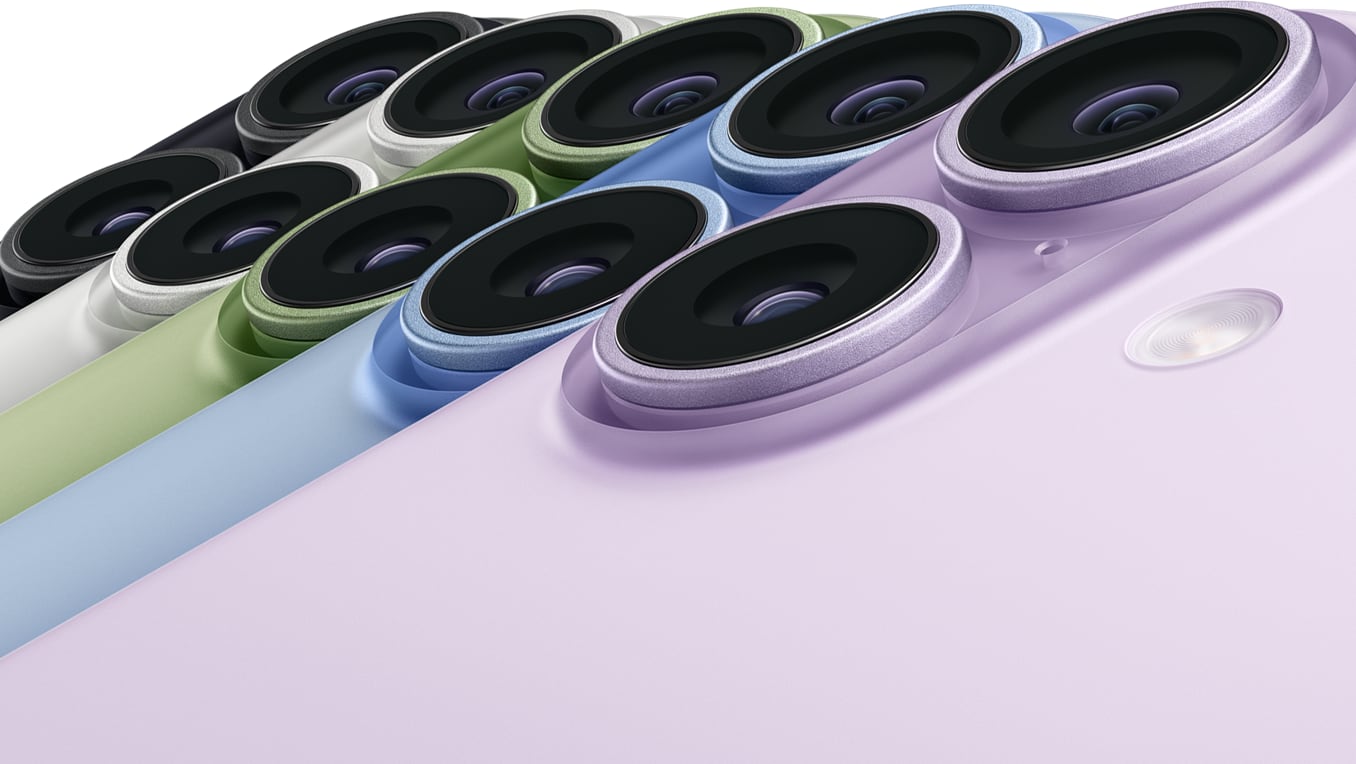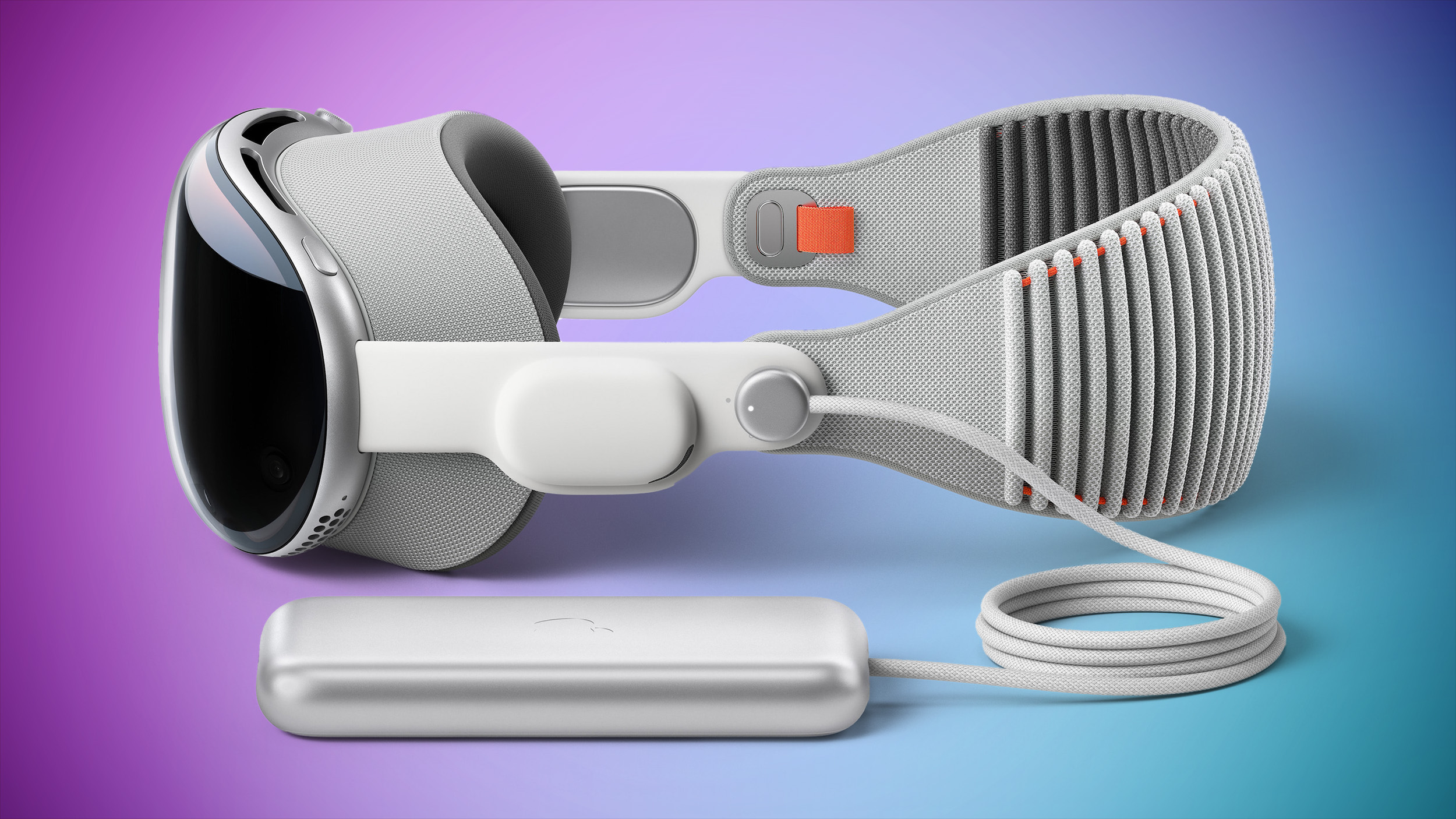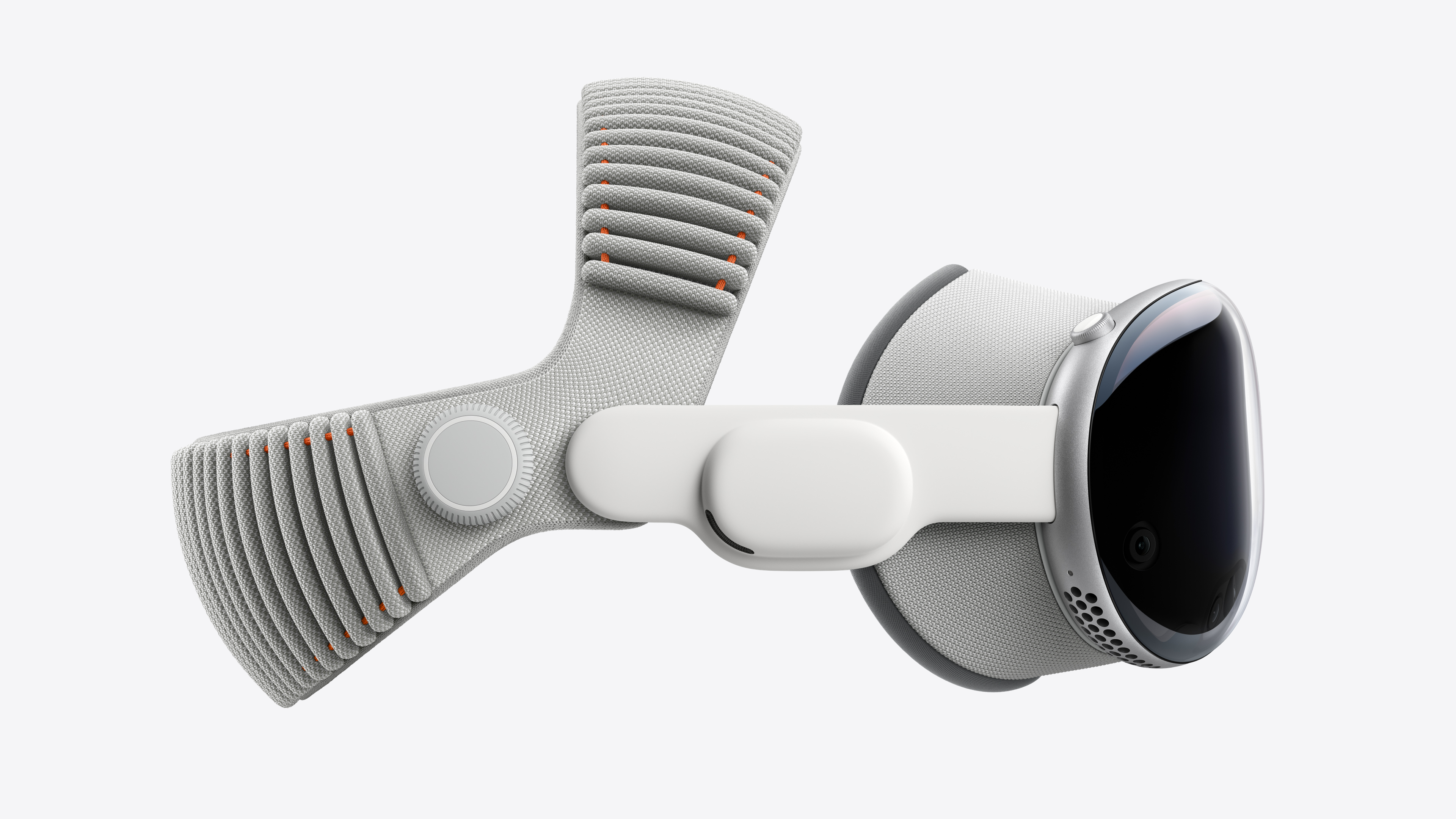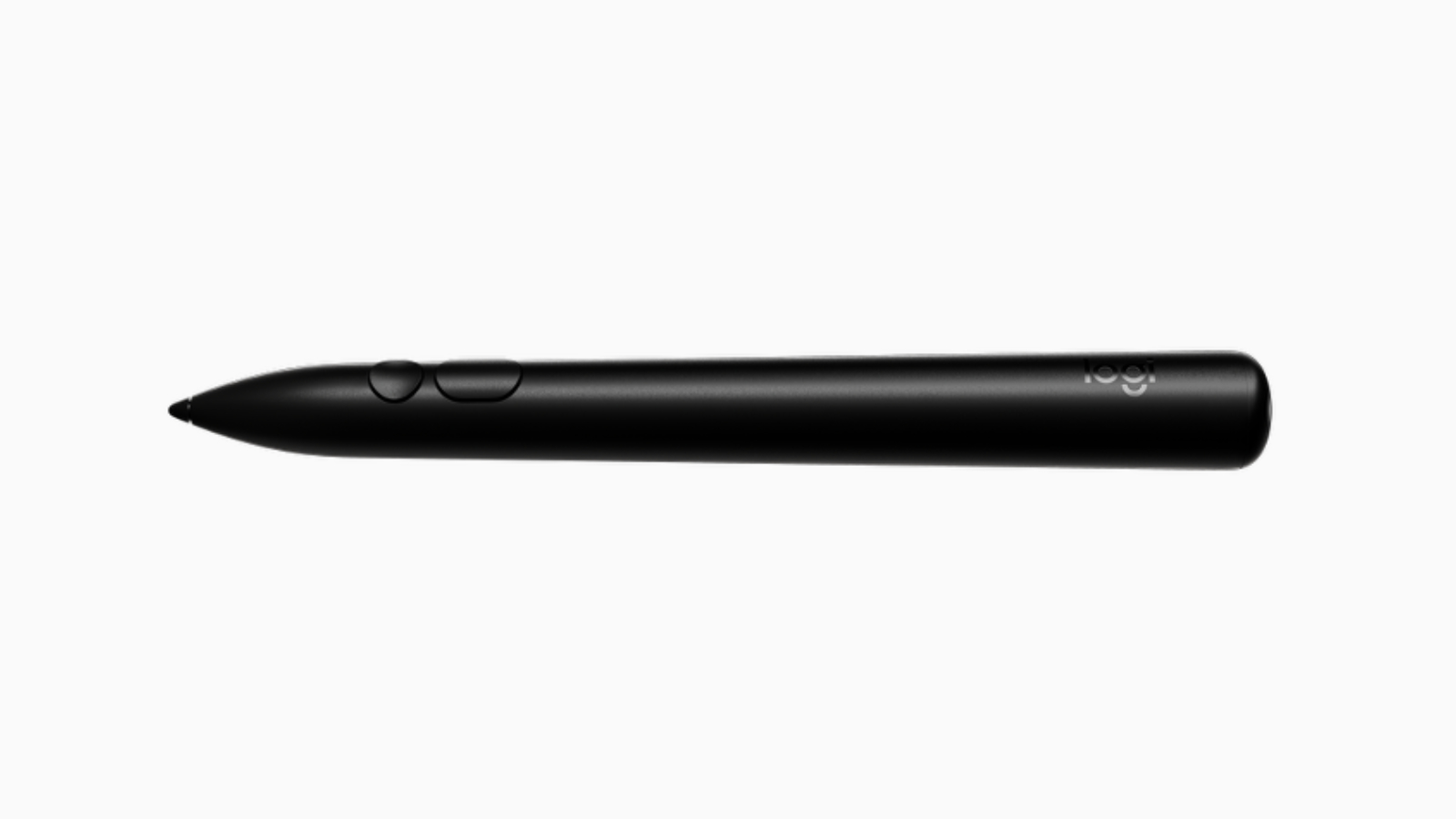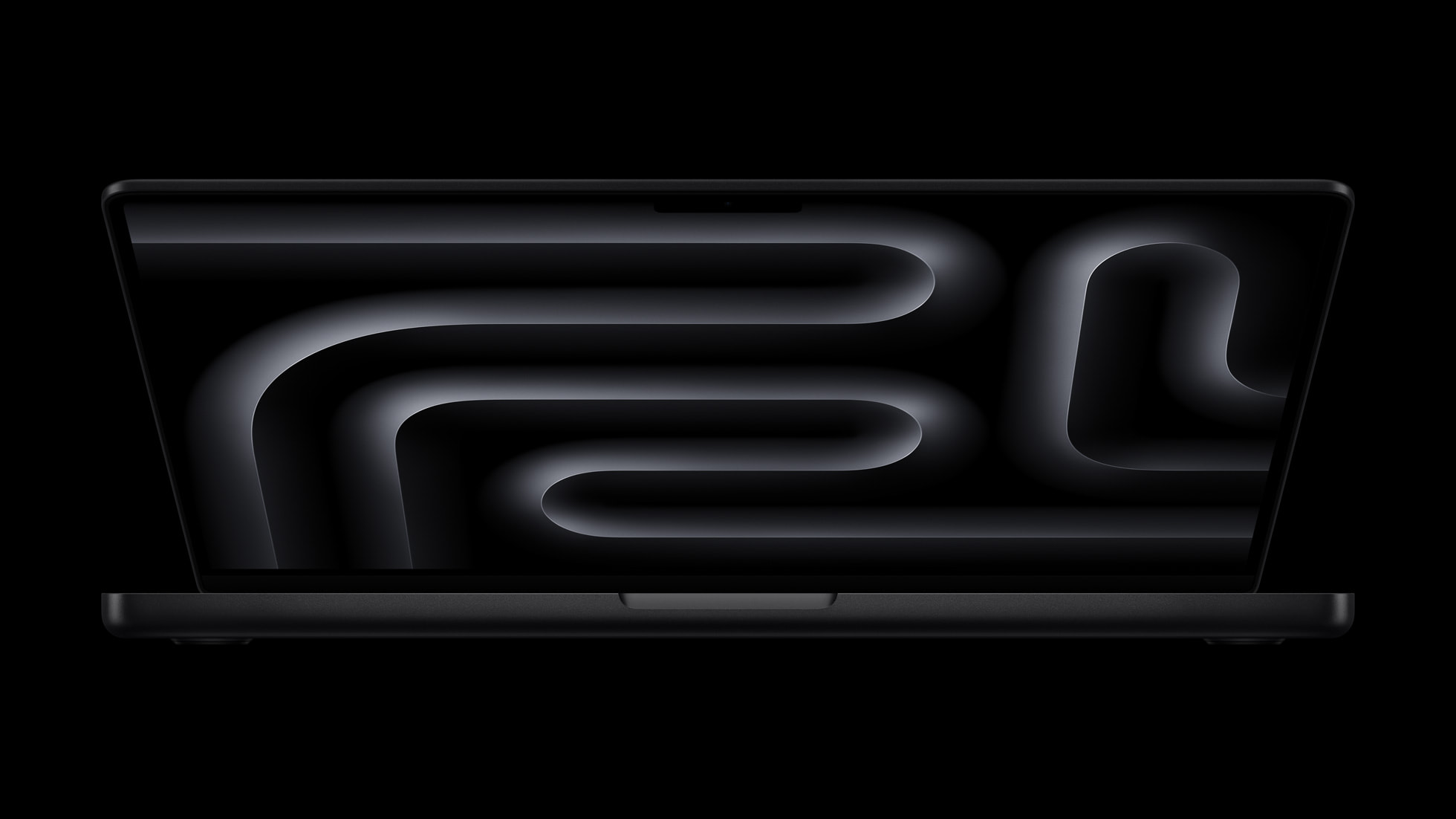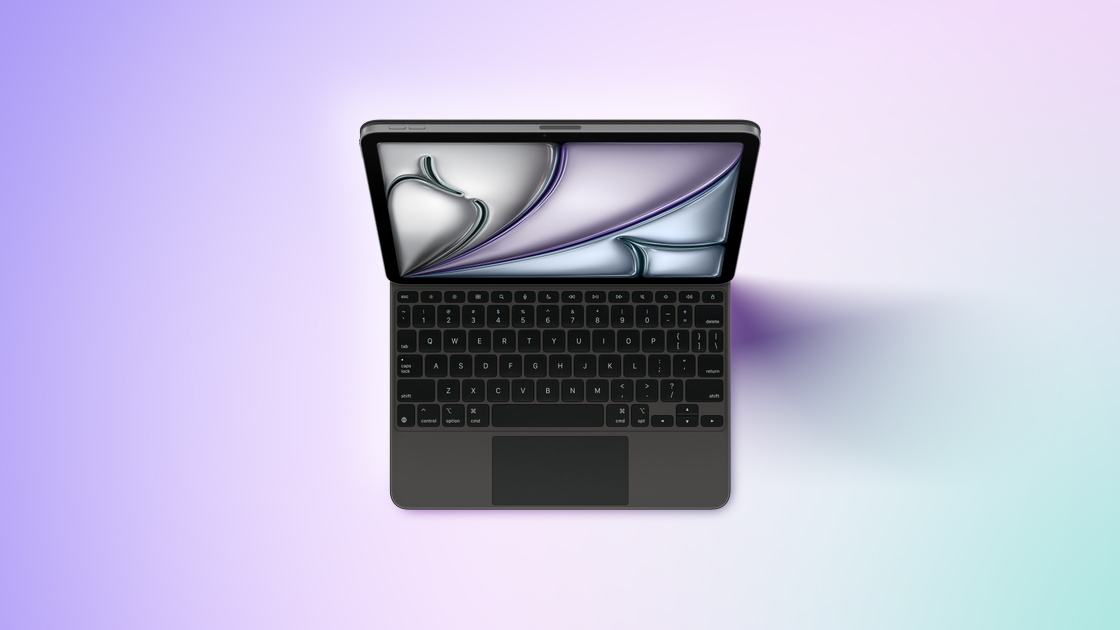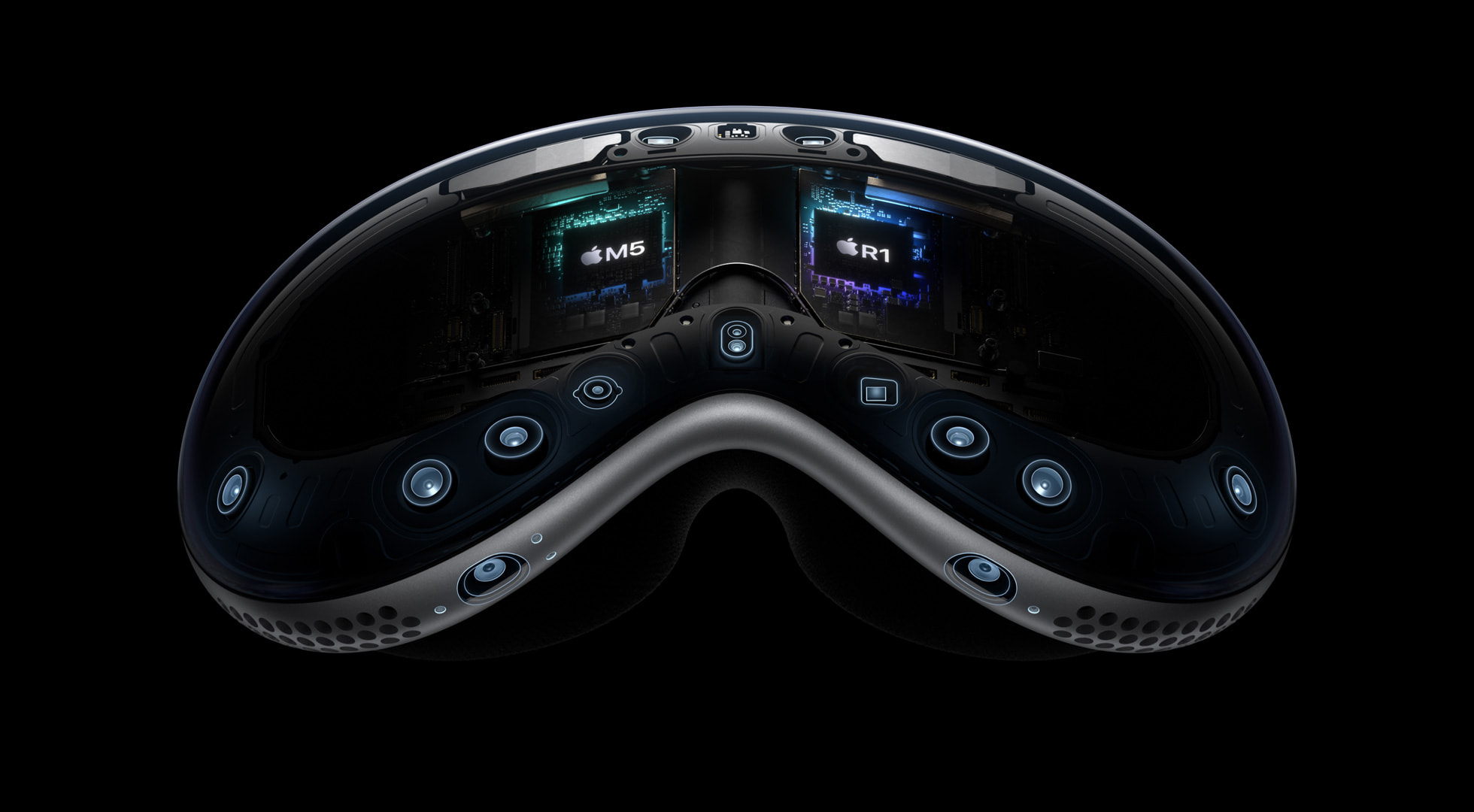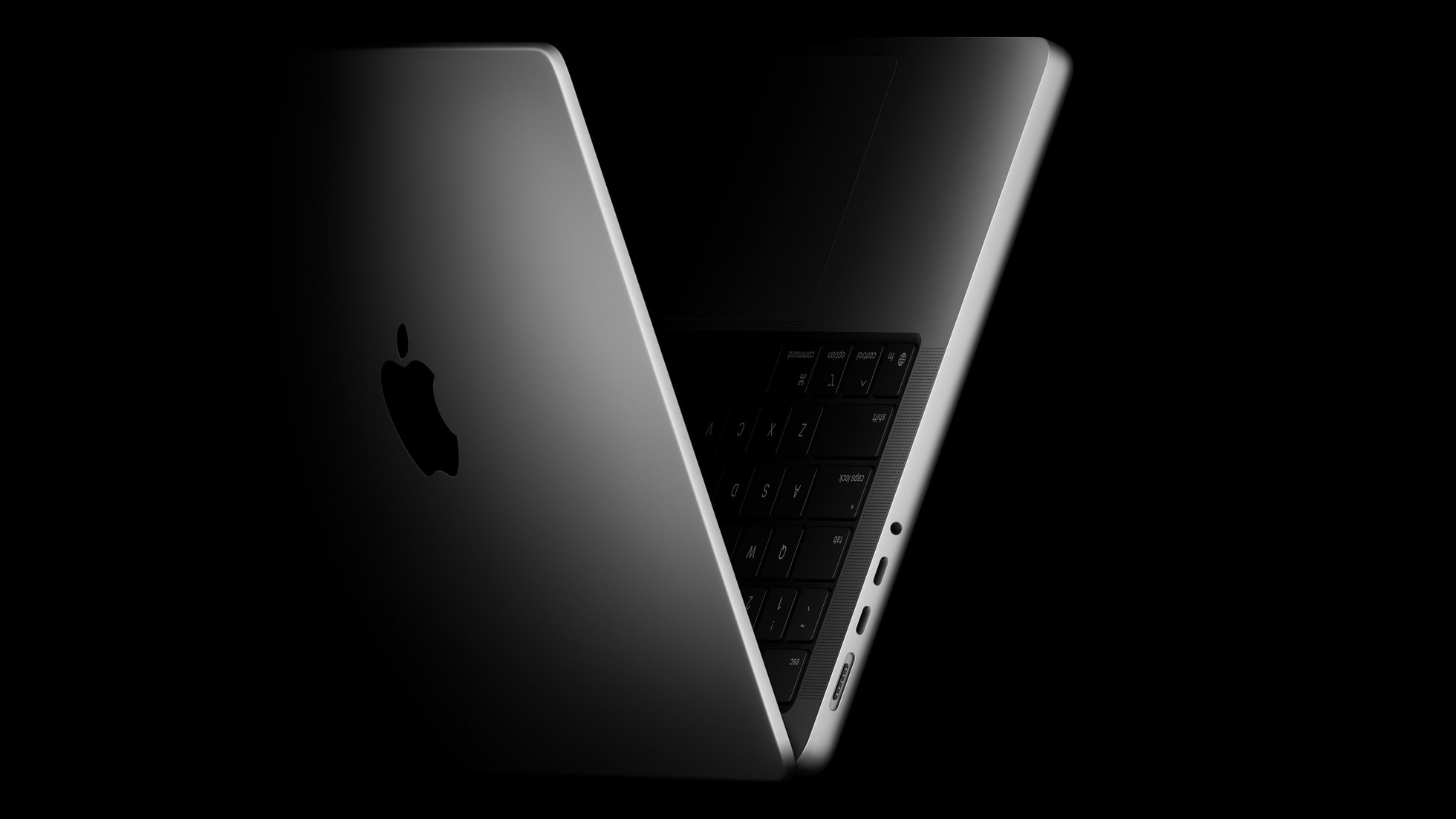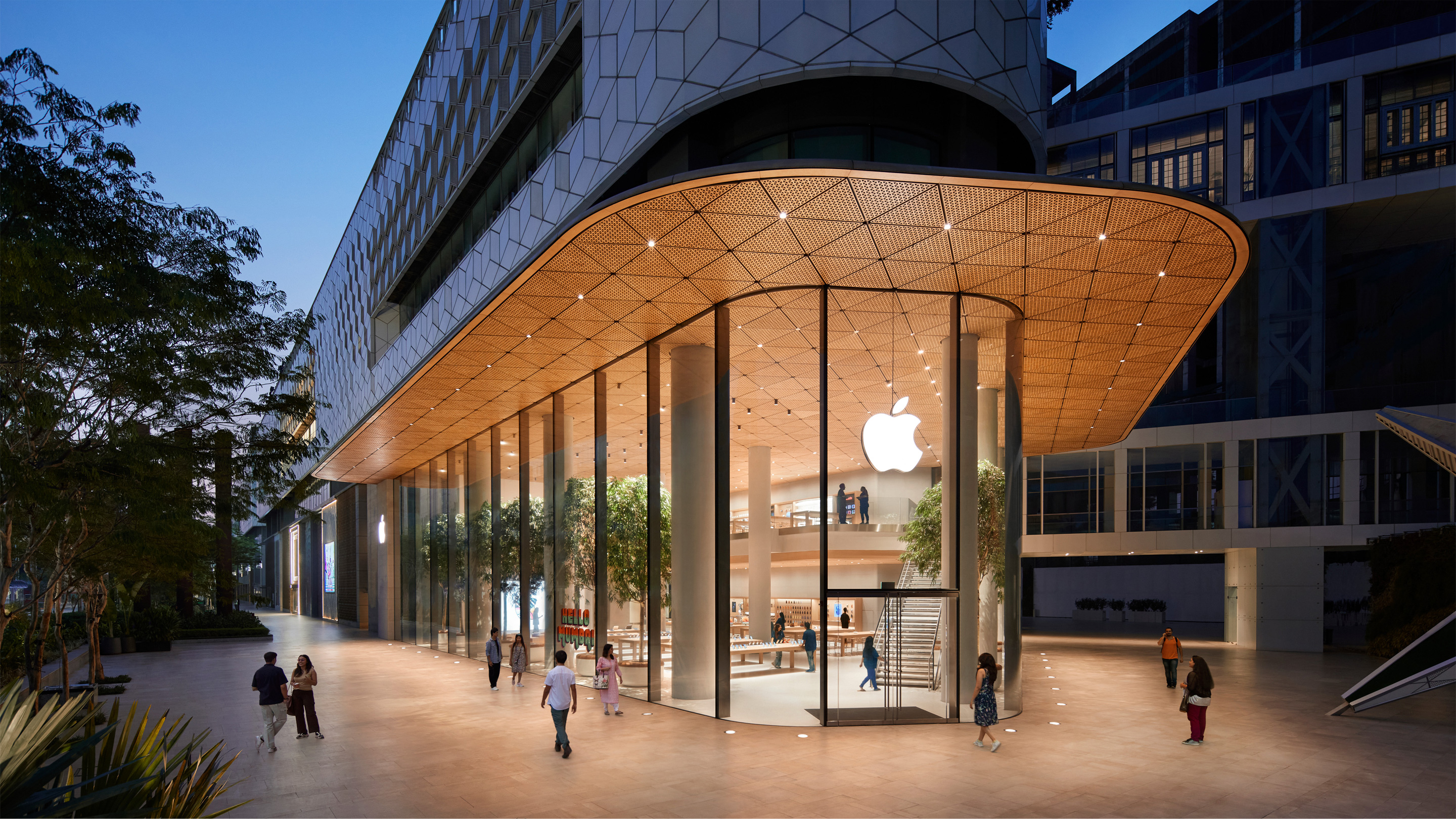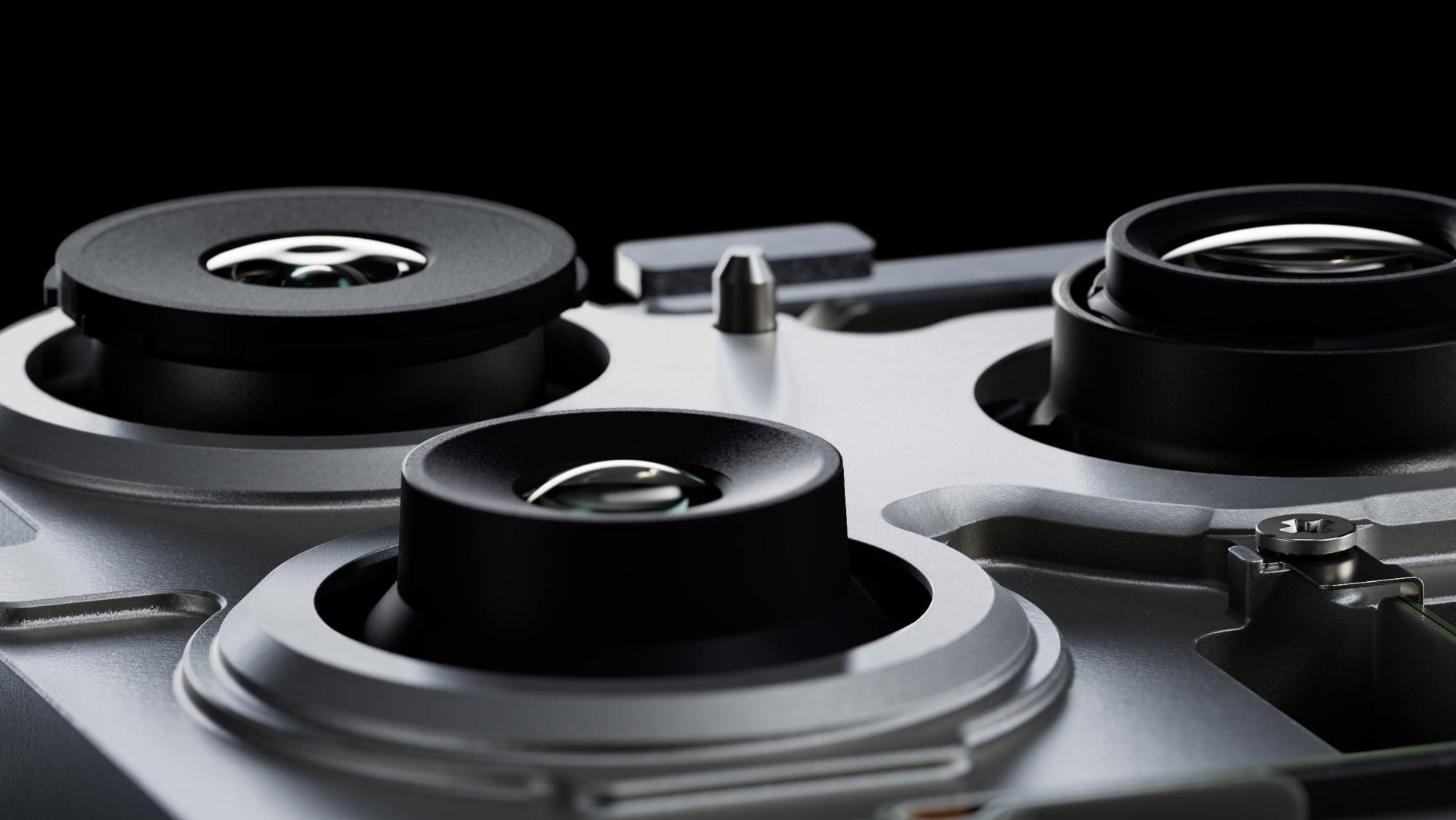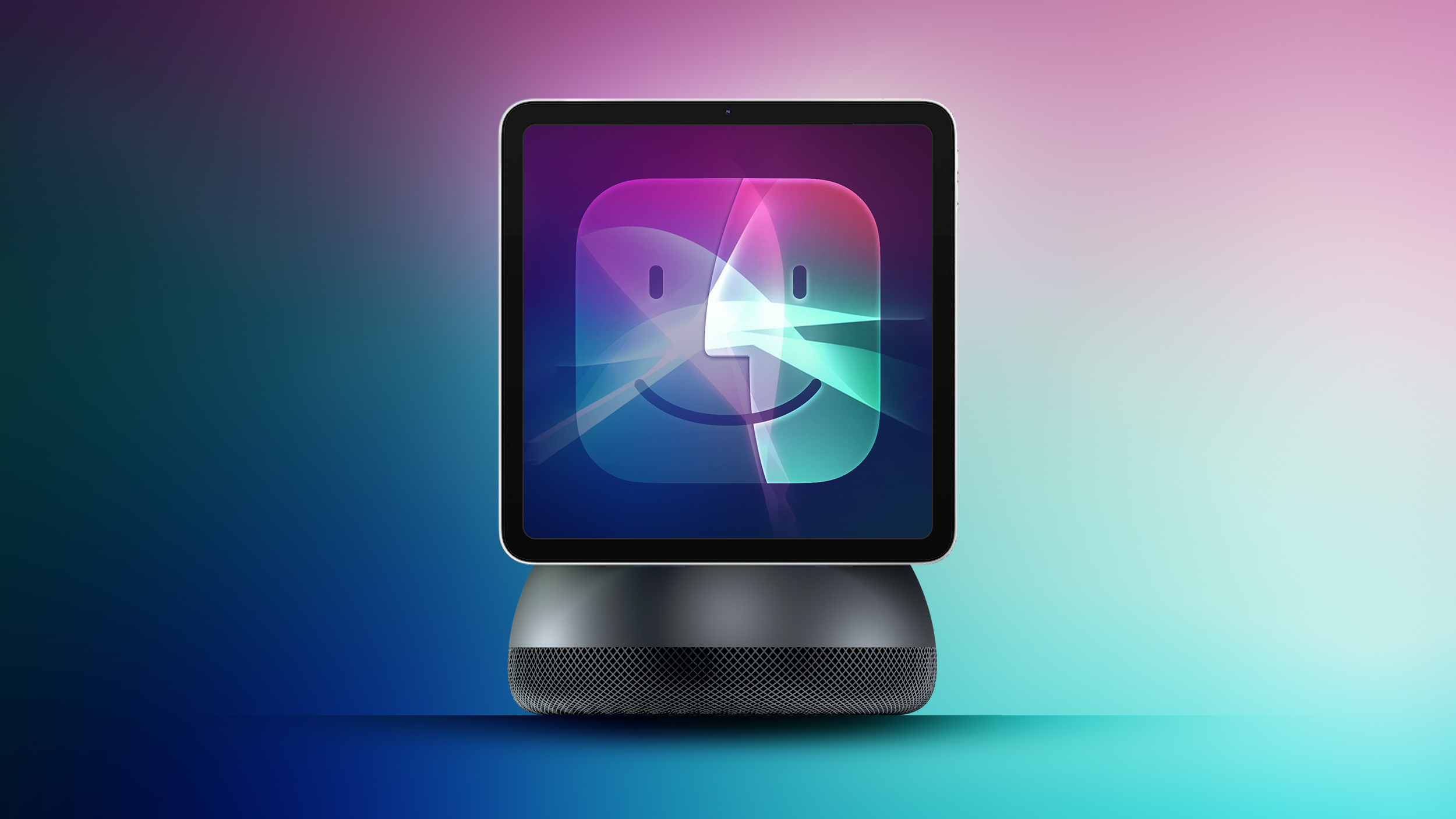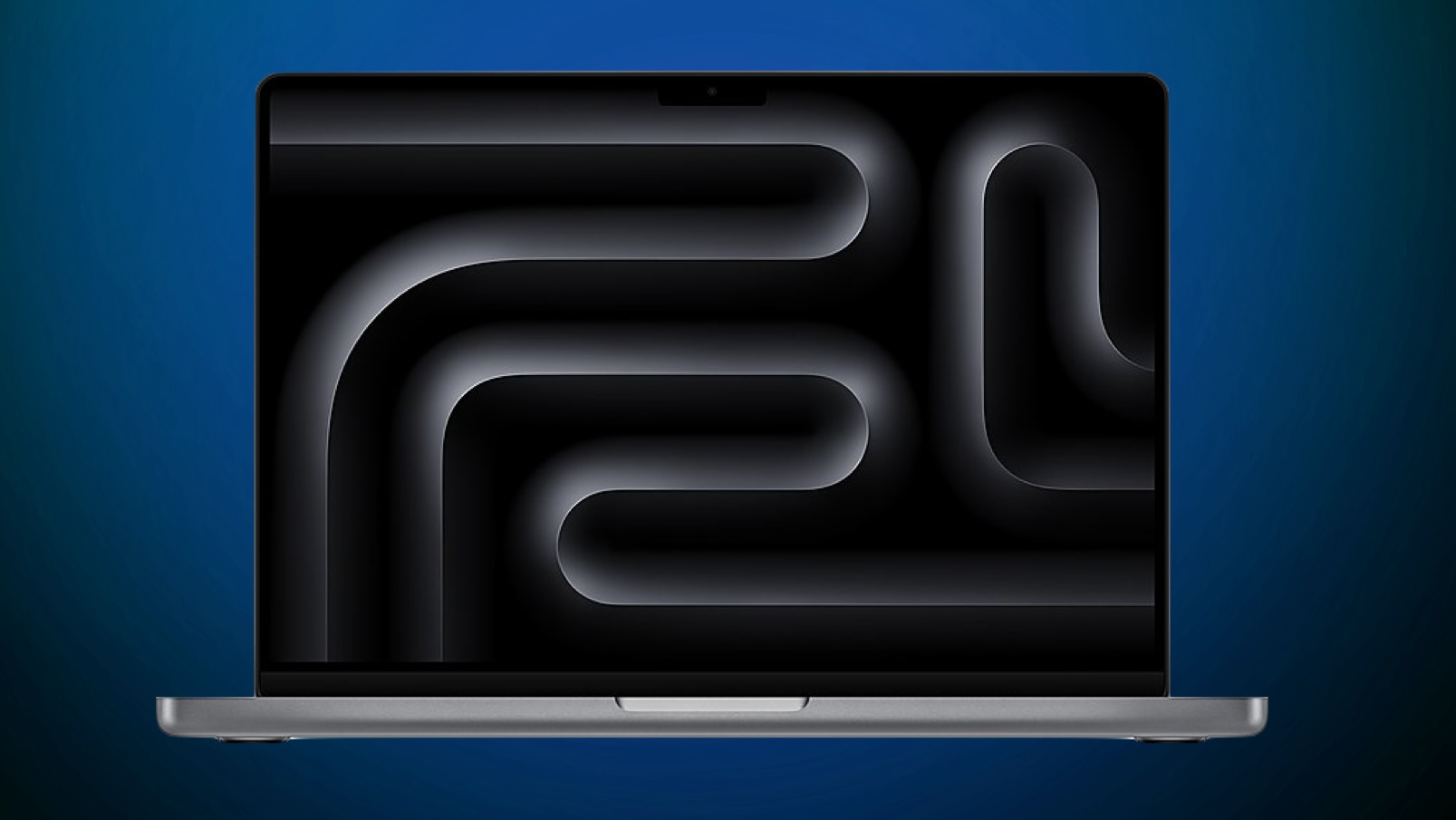Apple CEO Tim Cook Pledges to Increase Investment in China
Apple CEO Tim Cook pledged to expand the company's investments in China during his latest visit to the country, signaling that Apple intends to maintain a strong presence in its most important manufacturing hub even as it continues diversifying production elsewhere, Reuters reports.

During meetings with Chinese government officials this week, Cook told China's industry minister Li Lecheng that Apple will keep investing in the country, with ongoing commitment to its Chinese supply chain and operations. Lecheng told Cook that China hopes Apple will continue to expand in the country and "grow together with Chinese suppliers," adding that the government intends to foster a favorable business environment for foreign companies.
Cook's visit comes at a sensitive time in U.S.–China relations, as both countries remain locked in a prolonged trade dispute mired by tariffs, export restrictions, and increasing pressure on technology companies to localize their manufacturing. The White House has promoted domestic production under initiatives such as the CHIPS and Science Act, while Beijing has sought to reinforce ties with foreign investors amid slowing economic growth.
Apple's position in this environment has grown increasingly complex. The company has spent the past two years shifting parts of its manufacturing to countries such as India and Vietnam to reduce its dependency on China, yet the majority of its iPhones and other key products continue to be assembled by Chinese partners. Cook's latest assurances in China underscore that, despite diversification efforts, China remains integral to Apple's global operations.
Apple remains caught between competing political and economic pressures. U.S. regulators have intensified scrutiny of American firms operating in China, while Chinese authorities have increased oversight of foreign technology companies. Yet Apple has so far remained largely unscathed compared to other U.S. firms such as Nvidia and Qualcomm, both of which have faced regulatory investigations in China.
Apple's Chief Operating Officer Sabih Khan joined Cook for the visit, meeting with Lens Technology, one of Apple's longtime Chinese suppliers responsible for producing glass covers for the iPhone and Apple Watch.
This article, "Apple CEO Tim Cook Pledges to Increase Investment in China" first appeared on MacRumors.com
Discuss this article in our forums

During meetings with Chinese government officials this week, Cook told China's industry minister Li Lecheng that Apple will keep investing in the country, with ongoing commitment to its Chinese supply chain and operations. Lecheng told Cook that China hopes Apple will continue to expand in the country and "grow together with Chinese suppliers," adding that the government intends to foster a favorable business environment for foreign companies.
Cook's visit comes at a sensitive time in U.S.–China relations, as both countries remain locked in a prolonged trade dispute mired by tariffs, export restrictions, and increasing pressure on technology companies to localize their manufacturing. The White House has promoted domestic production under initiatives such as the CHIPS and Science Act, while Beijing has sought to reinforce ties with foreign investors amid slowing economic growth.
Apple's position in this environment has grown increasingly complex. The company has spent the past two years shifting parts of its manufacturing to countries such as India and Vietnam to reduce its dependency on China, yet the majority of its iPhones and other key products continue to be assembled by Chinese partners. Cook's latest assurances in China underscore that, despite diversification efforts, China remains integral to Apple's global operations.
Apple remains caught between competing political and economic pressures. U.S. regulators have intensified scrutiny of American firms operating in China, while Chinese authorities have increased oversight of foreign technology companies. Yet Apple has so far remained largely unscathed compared to other U.S. firms such as Nvidia and Qualcomm, both of which have faced regulatory investigations in China.
Apple's Chief Operating Officer Sabih Khan joined Cook for the visit, meeting with Lens Technology, one of Apple's longtime Chinese suppliers responsible for producing glass covers for the iPhone and Apple Watch.
This article, "Apple CEO Tim Cook Pledges to Increase Investment in China" first appeared on MacRumors.com
Discuss this article in our forums
